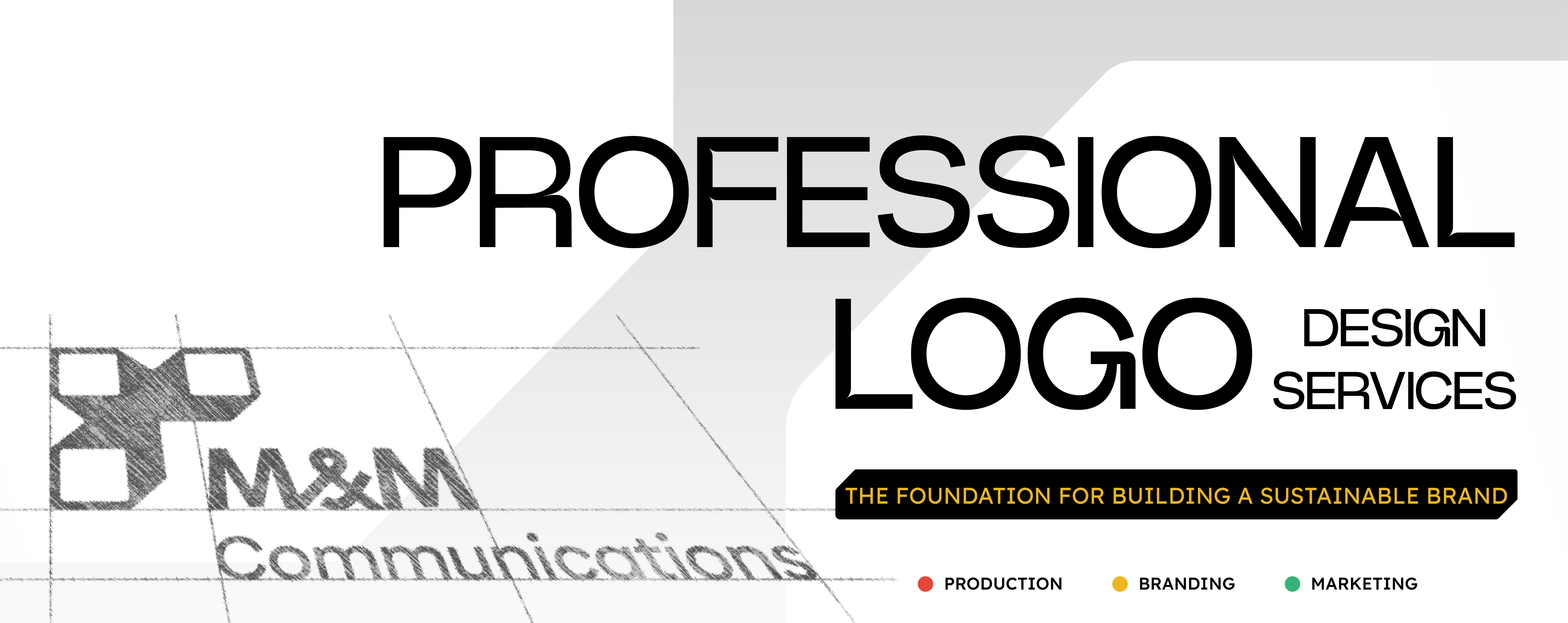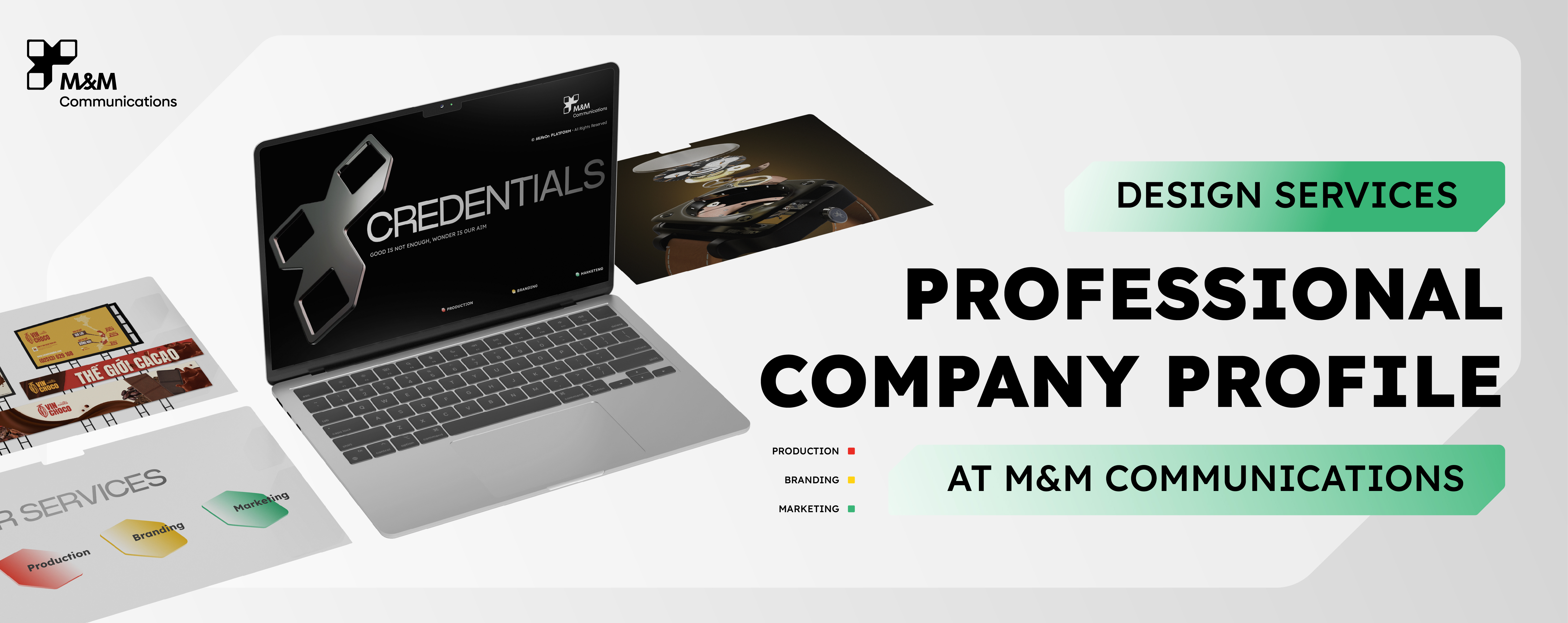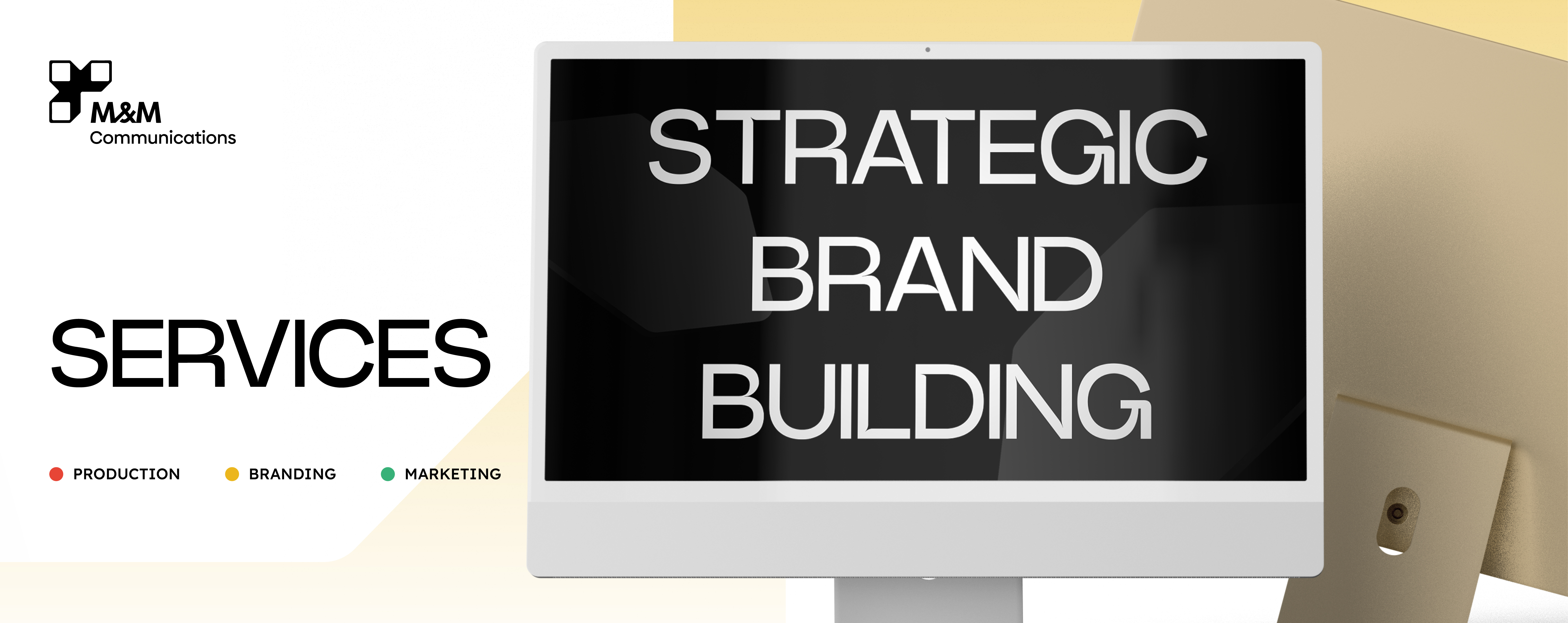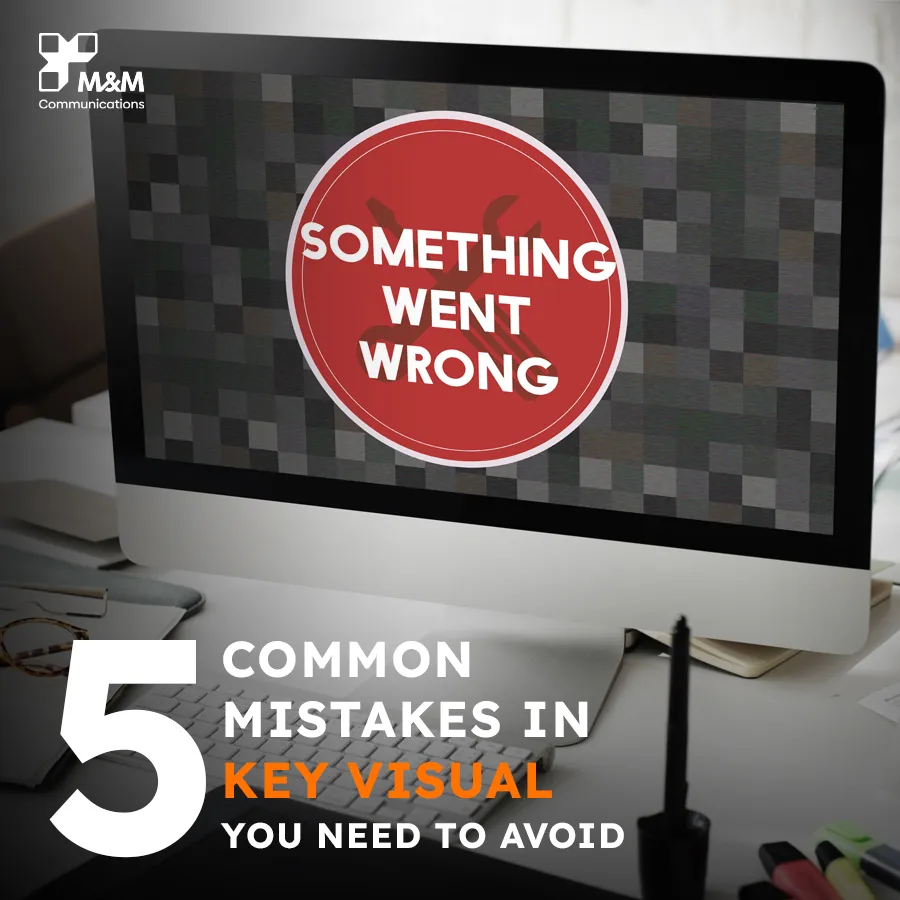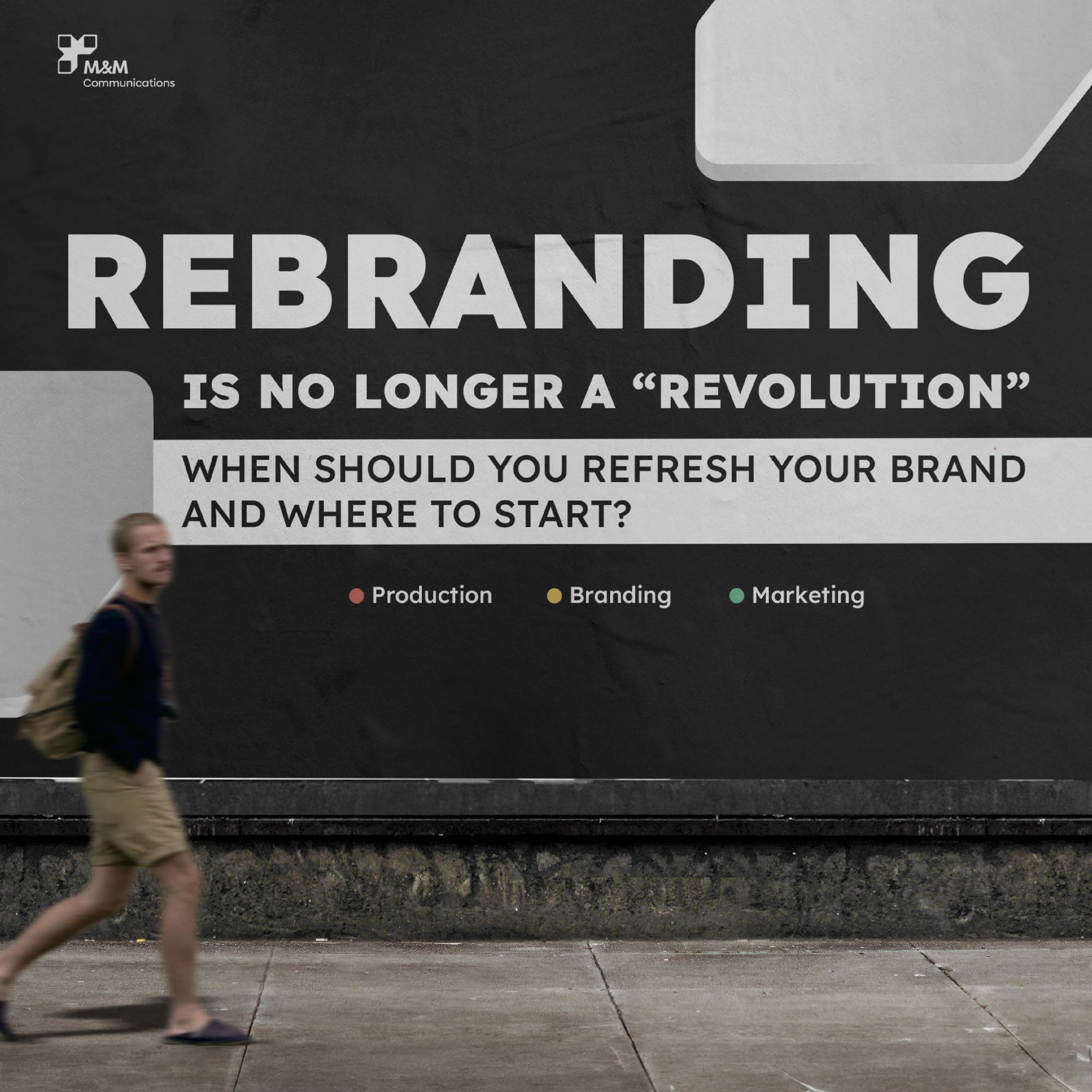
REBRANDING IS NO LONGER A “REVOLUTION”: WHEN SHOULD YOU REFRESH YOUR BRAND AND WHERE TO START?
In the past, “rebranding” was often associated with a complete overhaul: from logos, names, and positioning to the entire communication strategy. But in today’s fast-paced market and constantly evolving consumer behavior, rebranding is no longer a radical revolution—it’s a strategic, adaptive process.
So, when should you consider rebranding your business? And how do you start a successful rebranding journey? Let M&M Communications guide you through this topic with practical insights and updated industry perspectives.
1. Rebranding: It’s not always about starting from scratch
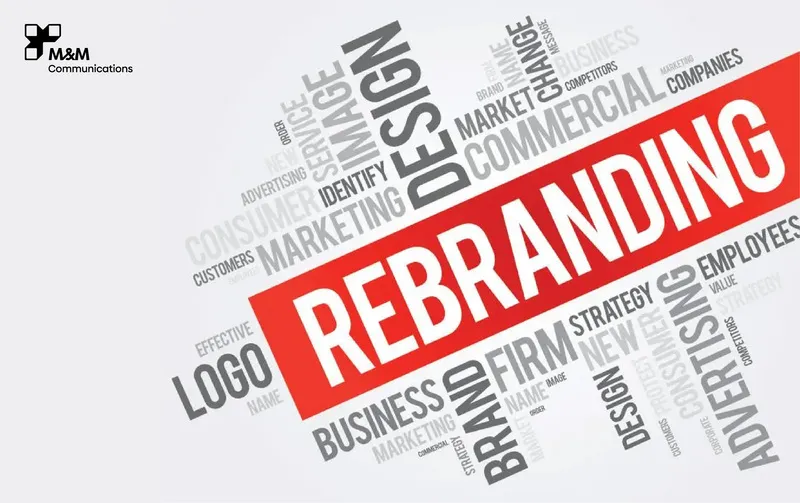
It’s more than just changing your logo
Many businesses mistakenly believe that rebranding means getting a new logo or visual identity. In reality, rebranding is about changing how your brand is perceived—not only in terms of design, but also in terms of values, messaging, and the emotional connection with your audience.
Rebranding doesn’t mean erasing the past
Instead of abandoning everything, a well-planned rebrand will preserve the brand’s valuable assets while updating outdated elements to align with the current market landscape.
2. Signs it’s time to rebrand
1. Your brand no longer reflects your current vision
If your company has evolved—expanded its products, entered new markets, or changed business models—but your brand still communicates the old narrative, it's time to align your identity with your business reality.
2. Your target audience has shifted
Has your customer base changed in terms of age, lifestyle, or needs? If so, but your branding remains the same, you may appear outdated or irrelevant to new potential customers.
3. You’re struggling to stand out
In a saturated market, if your brand lacks a distinct voice and identity, refreshing your brand positioning and messaging can help build stronger emotional resonance and customer recall.
4. You’ve experienced a reputational issue
Sometimes, rebranding is the right strategy to rebuild trust and move forward after a crisis or public relations challenge.
3. Popular types of rebranding
Partial Rebranding: Keeping the brand name but updating the slogan, design, tone of voice, or communication strategy.
Full Rebranding: Changing the brand name, logo, positioning, and strategy—typically used when there is a major shift in business direction, such as mergers or acquisitions.
4. Where to start when rebranding?

1. Ask the core questions: “Who are we now?”
What values should we preserve?
What are our 3–5 year goals?
Who are our ideal customers today and tomorrow?
Tip: Conduct internal interviews and customer surveys to understand the current brand perception and future expectations.
2. Research the market and competitors
You can’t build a relevant brand in isolation. Understand current market trends, competitor positions, and uncover unmet customer needs to define your brand’s unique space.
3. Re-establish your brand positioning
Positioning is more than a catchy tagline. It answers:
“What problem does our brand solve, for whom, and how are we different?”
This forms the foundation for your tone of voice, messaging, and campaign strategy.
4. Refresh your visual identity
Logo, color palette, typography
Digital brand assets (website, social media, email templates)
Real-world applications: packaging, brochures, stationery
Note: Keep visual links to your old identity where appropriate, to maintain continuity with loyal customers—unless you're targeting a completely new audience.
5. Start with internal communication
A rebrand is only successful if it’s embraced from within. Make sure your internal team understands and supports the new brand direction before launching it publicly.
>>> How Does A Company's Logo Convey Its Brand Story?
5. Examples of successful rebranding
Durex: Transitioned from a traditional condom brand to a sexual wellness advocate with inclusive messaging.
Gucci: Reinvented itself from a mature luxury label into a trend-setting brand for younger, fashion-forward audiences.
Biti’s Hunter (Vietnam): Didn’t change its name—just reframed its narrative to connect with younger consumers through campaigns like “Go to Return.”
6. Conclusion: Rebranding is evolution, not rejection
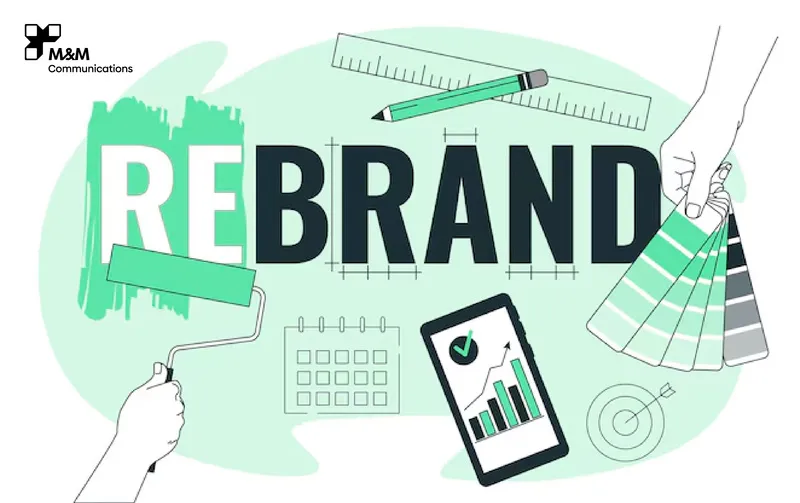
A successful brand is never static. Rebranding is no longer a luxury—it’s a strategic step in sustainable growth. The key is not how much you change, but whether you change in the right direction at the right time.
If you’re thinking about refreshing your brand, start by asking the right strategic questions, seeking expert advice, and partnering with a team that understands both the creative and business sides of branding.
M&M Communications is here to walk with you through your rebranding journey—from strategy to execution—ensuring that your new brand is not only fresh but future-ready.
